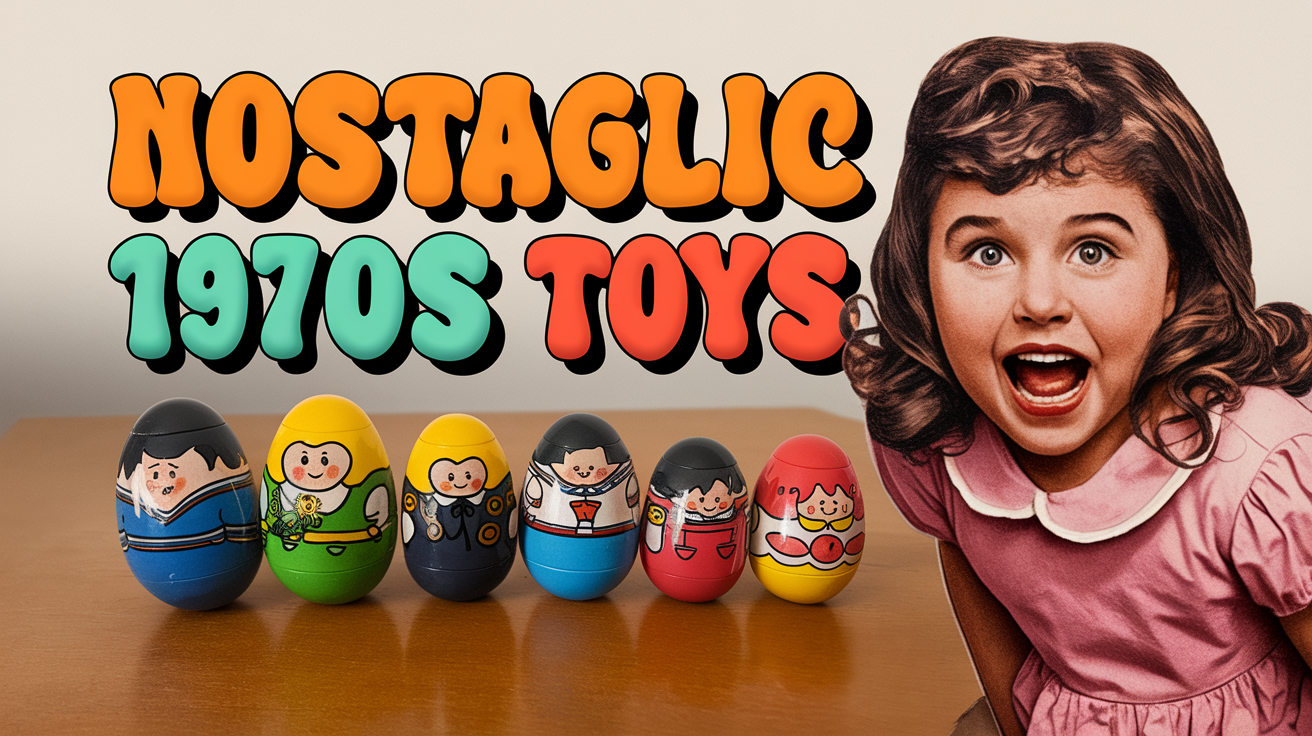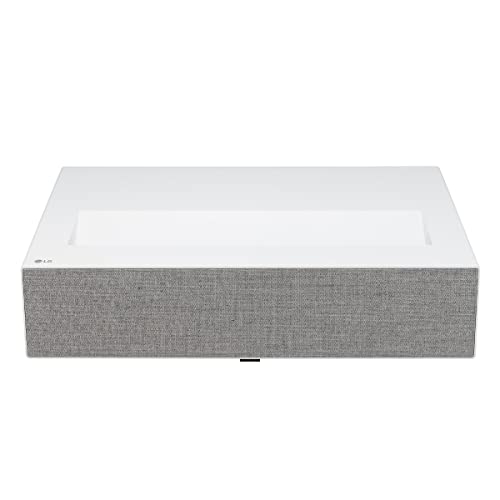Get ready to be transported back in time. Remember the charm of Weebles, always upright, or the thrill of exploring new worlds with View-Master? These gems bring us back to a time when simplicity and creativity were the hallmarks of fun, reflecting the essence of our childhood. Let’s go back and feel the magic once more.
28. The Blip Electronic Game

Kids in the mid-seventies discovered handheld electronic gaming through this pocket-sized marvel. The simple red LED dot bounced between sixteen positions while players frantically tapped buttons to catch it. The game captured young imaginations because it brought arcade-style action into homes and backseats during long car rides. If you owned a Blip, you probably remember the satisfying click of the buttons and the hypnotic glow of that darting red light.
27. Action Jackson Combat Soldier
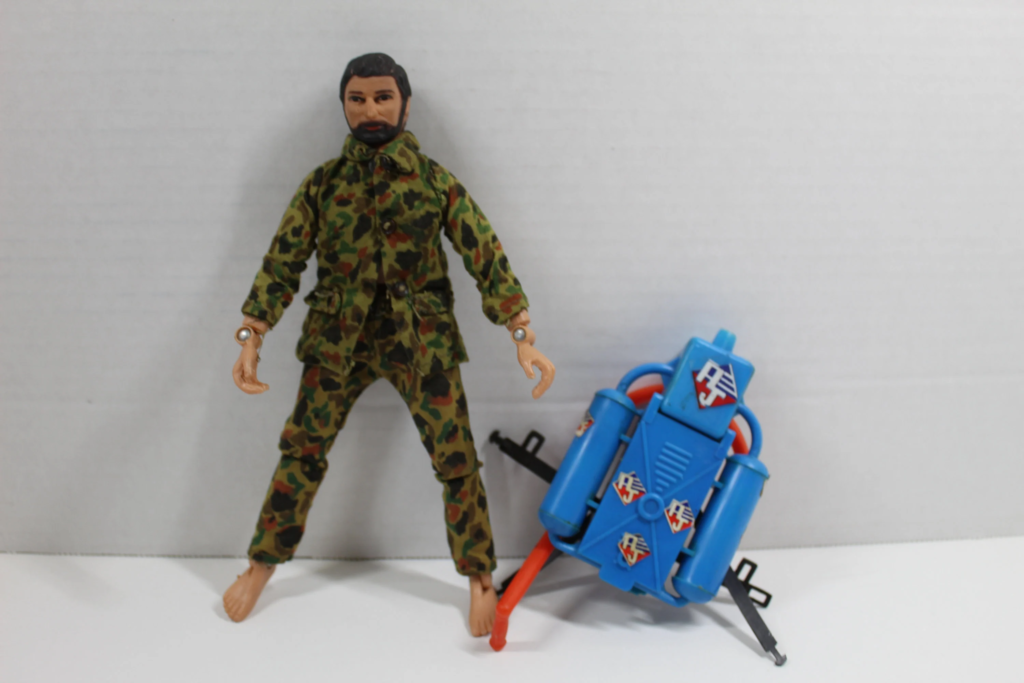
The early seventies saw Action Jackson march into toy stores nationwide as a fresh take on military action figures. Standing eight inches tall with hyper-realistic gear and vehicles, this soldier captured kids’ imaginations during the height of military toy popularity. Each figure came dressed for combat with authentic-looking weapons and equipment that made backyard battles feel real. If you played with action figures in 1971, Action Jackson likely commanded your bedroom floor forces alongside GI Joe.
26. Magnavox Odyssey Game Console
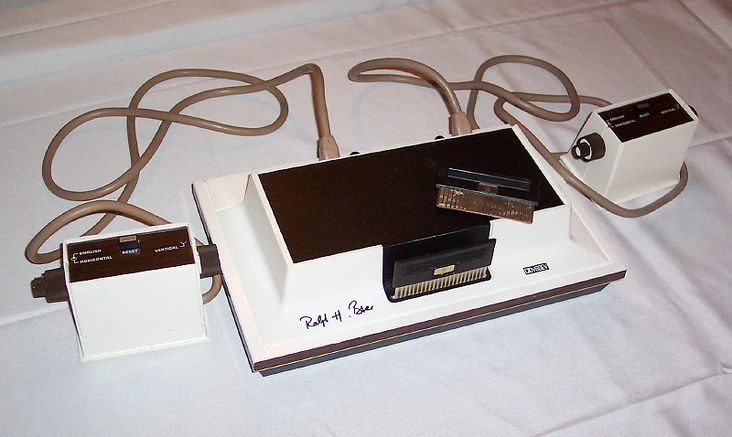
The dawn of home video gaming arrived in living rooms with the Magnavox Odyssey. This groundbreaking console transformed ordinary TV sets into interactive playgrounds using transparent overlays and simple white dots. Players experienced the thrill of controlling on-screen action for the first time, with games ranging from tennis to haunted house adventures. If your family owned an Odyssey, you remember the magic of gathering around the television to play games that would define a new era of entertainment.
25. Weebles Wobble
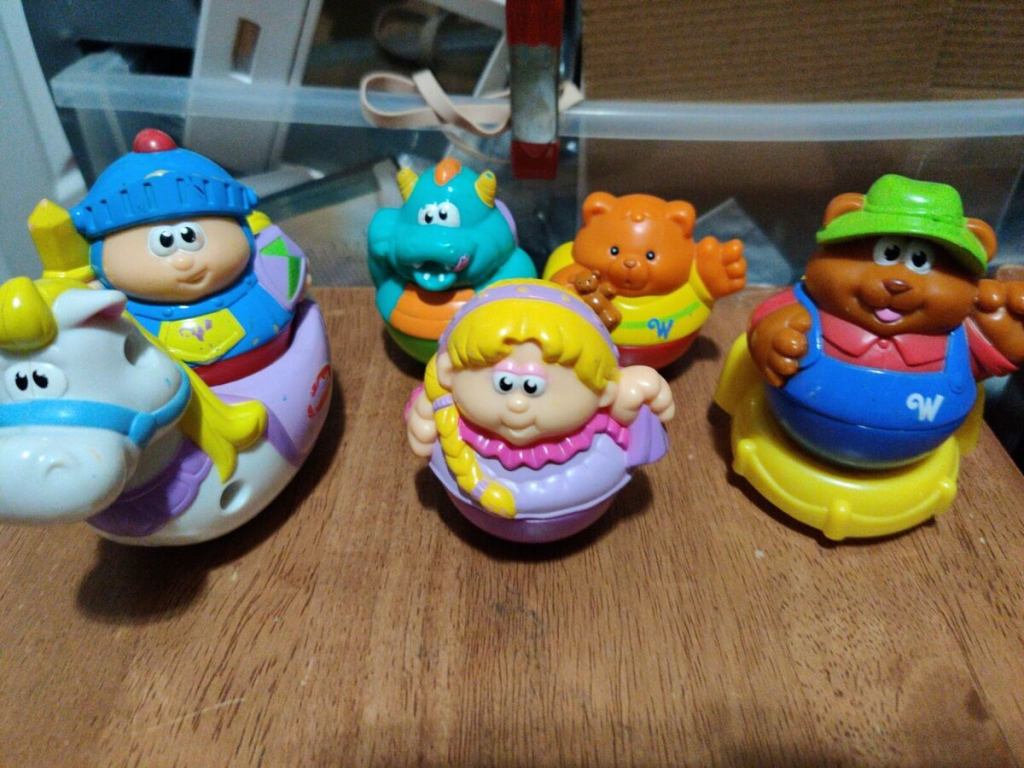
Dancing but never falling down, Weebles Wobble brought a unique blend of joy and resilience to playtime in the early ’70s. These egg-shaped figures, with their inability to tip over, became a beloved part of childhood for many. Created by Hasbro, Weebles embodied the mantra “Weebles wobble, but they don’t fall down,” teaching kids about persistence in a fun and engaging way. Their simple design and cheerful faces made them a hit, and for those who grew up in the 70s, the memory of Weebles brings back a sense of nostalgia and the simple pleasures of childhood play.
Despite the rise of digital toys, Weebles remain a symbol of a time when play was straightforward and imaginative. They encouraged children to create their own stories and scenarios, fostering a sense of creativity that many still cherish today. The joy of watching these little figures wobble back and forth is a memory that continues to resonate with those who experienced it.
24. Super Spirograph

Introduced in 1965 and soaring in popularity during the 70s, the Super Spirograph was more than just a toy; it was a creative outlet that blended art, mathematics, and imagination. With its gears and pens, it allowed kids to create intricate and dazzling designs, fostering a love for geometry and art. The Super Spirograph represented a time when play could be both fun and educational, sparking creativity in countless children.
Though eventually overshadowed by the digital age, the unique patterns and designs created with this kit remain a fond memory for many. It symbolizes the joy of discovery and creativity, reminding us of the satisfaction that comes from creating something beautiful with our own hands. The Super Spirograph was not just a toy; it was a gateway to artistic expression that many still appreciate today.
23. Fisher-Price Little People
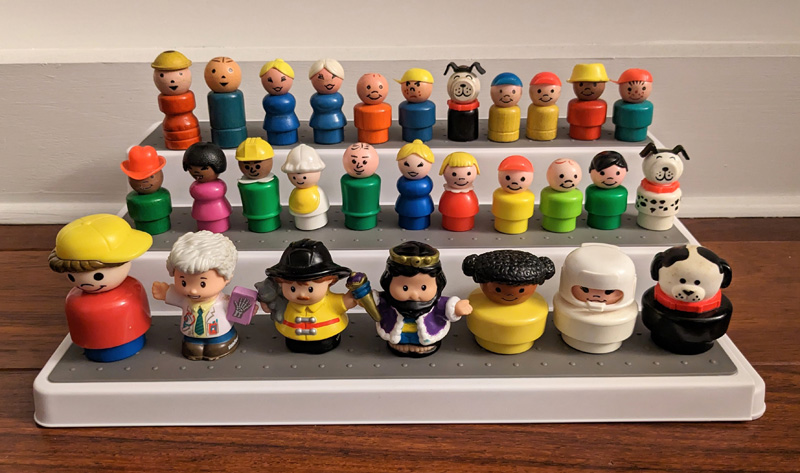
With their simple iconic design, Fisher-Price Little People entered the scene in the late 60s and became a staple of childhood in the 70s. These miniature figures and their corresponding playsets, from farms to schools, opened up a world of imagination for children. They encouraged storytelling and role-playing, allowing kids to craft their own narratives and adventures.
Over time, changes in safety standards and toy trends evolved their design, yet the essence of Little People and the imaginative play they inspired continue to be celebrated. They serve as a reminder of the boundless adventures that await in the simplest of toys, highlighting the importance of imaginative play in childhood development.
22. Wooly Willy
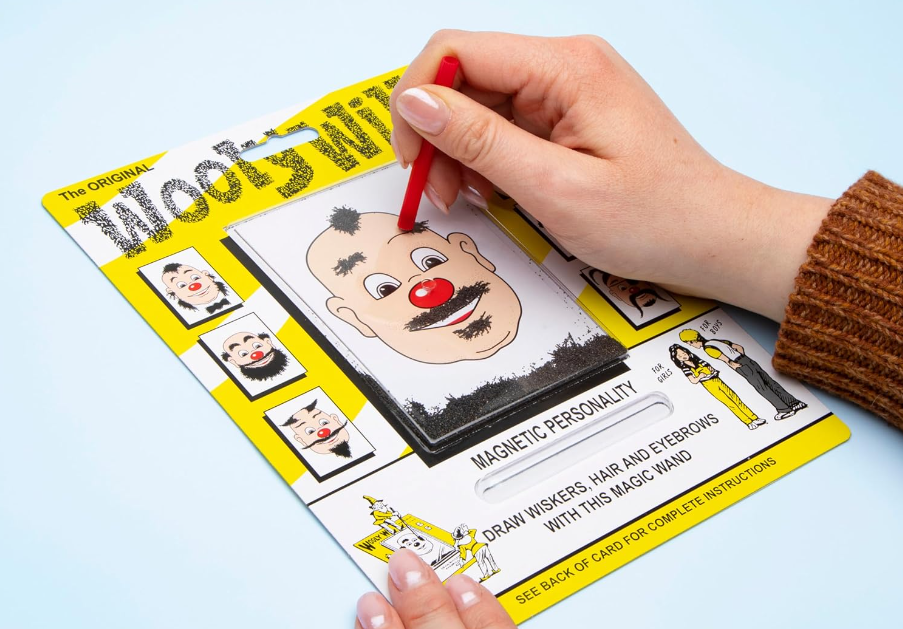
Since 1955, Wooly Willy has captivated children with its magnetic powder and pen, allowing for endless facial hair designs on its bald cartoon face. Peaking in popularity in the 70s, this toy was a testament to the joy found in simplicity and creativity. Wooly Willy encouraged kids to become makeshift barbers, crafting hairstyles with just a magnetic wand.
Although overshadowed by the advent of high-tech toys, the laughter and fun Wooly Willy provided remain etched in the memories of those who played with him. It symbolizes a time when entertainment was straightforward, relying on imagination and creativity rather than complex technology.
21. Quick Shoot

Launched in the 1970s, Quick Shoot wasn’t merely a toy; it was an adventure that turned living rooms into Wild West showdowns. With its plastic revolver and pop-up targets, it challenged kids to test their speed and accuracy in a blend of play and excitement. This game distinguished itself by offering an analog interactive experience that digital gaming hadn’t yet replaced.
Fostering a sense of accomplishment with each direct hit, Quick Shoot combined physical activity with the thrill of competition. It became a beloved memory for those who grew up in that era, representing a time when play was active and engaging, encouraging kids to get up and move.
20. View-Master

Since the 1930s, View-Master has been a window to vivid worlds far beyond the every day, but it was in the 70s that this toy became a must-have for children. By inserting circular reels and peering through the viewer, kids could embark on visual adventures to distant lands, storybook settings, and even outer space. The View-Master was more than just a toy; it was an educational tool that expanded horizons and inspired dreams.
Despite being eclipsed by digital advancements, the View-Master remains a cherished item. Its reels are a collection of gateways to the imagination, highlighting the wonder of exploration through a simple click. The joy of discovering new worlds through this toy is a memory that many still hold dear, representing the magic of childhood exploration.
19. Astro-Ray Gun

Launched in the mid-1970s, the Astro-Ray Gun captured the imagination of children fascinated by space and science fiction. This handheld toy, with its flashing lights and futuristic sounds, provided a tangible connection to the cosmic adventures that filled screens and storybooks. Amid the excitement of the Space Race and the popularity of Star Wars, the Astro-Ray Gun allowed kids to roleplay as space heroes defending the galaxy.
While newer technologies eventually replaced these simple toys, the memory of battling through space with just a toy blaster remains a fond recollection for many. It serves as a reminder of when adventure required nothing more than imagination and a trigger finger, encapsulating the thrill of childhood play.
18. Tomy Pocket Games

Arriving in the late 70s, Tomy Pocket Games were perfectly sized for travel and designed to entertain and challenge. These handheld games were a testament to the power of portable play, offering puzzles and challenges that could turn any car ride or rainy day into an opportunity for fun. Before the dominance of digital handheld games, Tomy Pocket Games were a favorite for their tactile gameplay and the sense of accomplishment they offered.
Although they have since faded from the forefront of children’s toys, the satisfaction and joy they provided live on. They remind us of a time when entertainment was as simple as flipping, twisting, and sliding, showcasing the enduring appeal of hands-on play.
17. Knit Magic
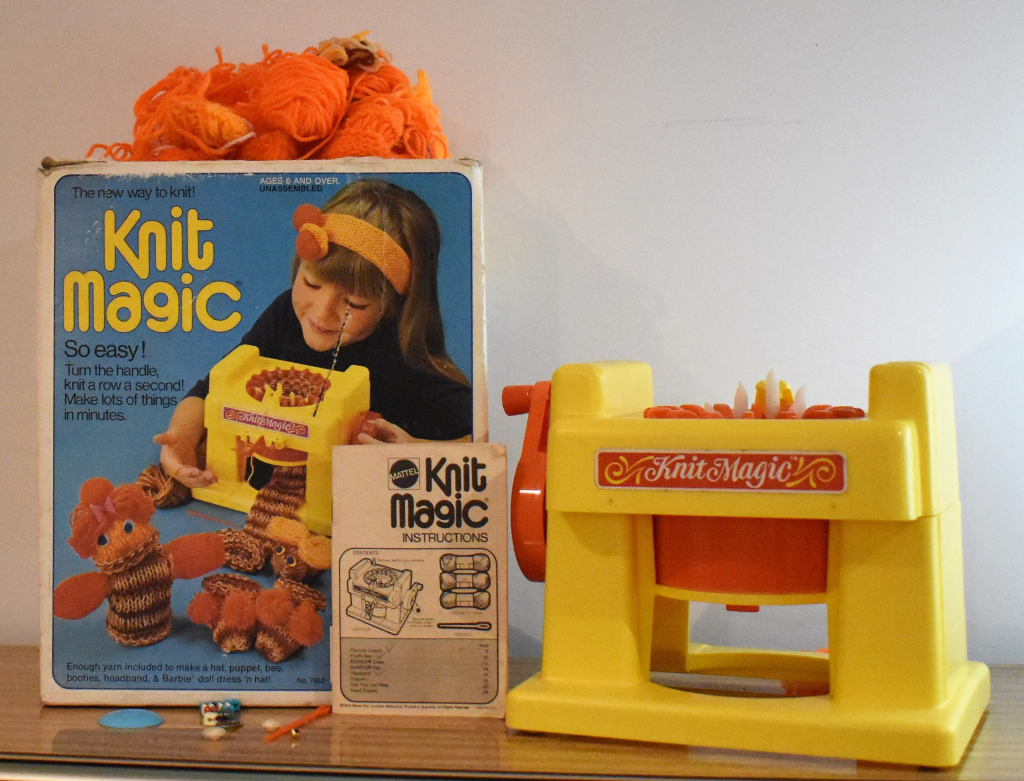
Mid-1970s Knit Magic turned children into budding fashion designers, enabling them to knit without needles and create their own scarves, hats, and more. This innovative toy democratized the crafting process, making it accessible and enjoyable for kids. Knit Magic represented a blend of creativity and self-expression, encouraging young minds to explore the possibilities of yarn and design.
Although its popularity has waned in the face of changing hobbies and interests, the sense of achievement from creating something wearable remains a cherished memory. It celebrates the warmth and pride of handmade fashion, reminding us of the joy found in crafting something unique.
16. LiteBrite
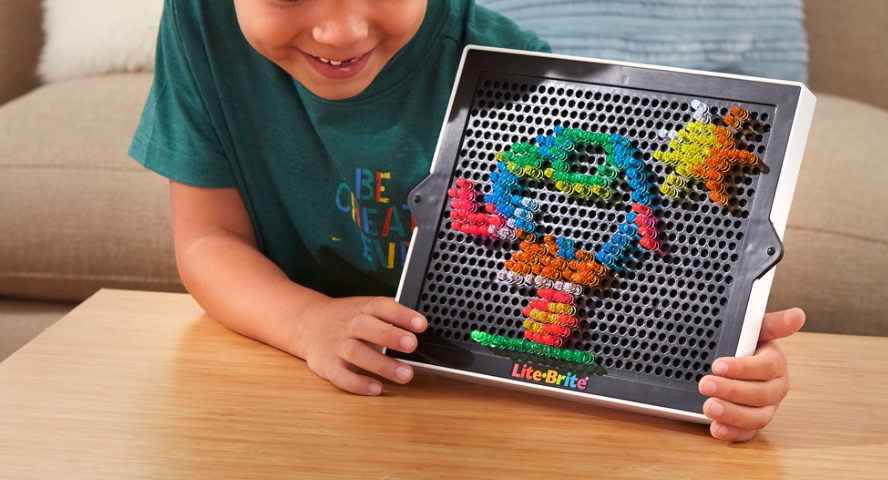
Introduced in 1967, LiteBrite illuminated the creative world of children, offering a mesmerizing way to craft with light and color. This toy combined simple components—colored pegs and black paper—to create glowing pieces of art that captivated the imagination. Lite Brite stood out as a beacon of creativity, enabling kids to design luminous masterpieces that brightened any room.
Despite the emergence of more advanced toys, the enchantment of creating with LiteBrite endures in the hearts of those who grew up with it. It serves as a reminder of the joy found in lighting up the dark with just a peg and a little imagination, showcasing the beauty of creativity in its simplest form.
15. Kaleidoscope
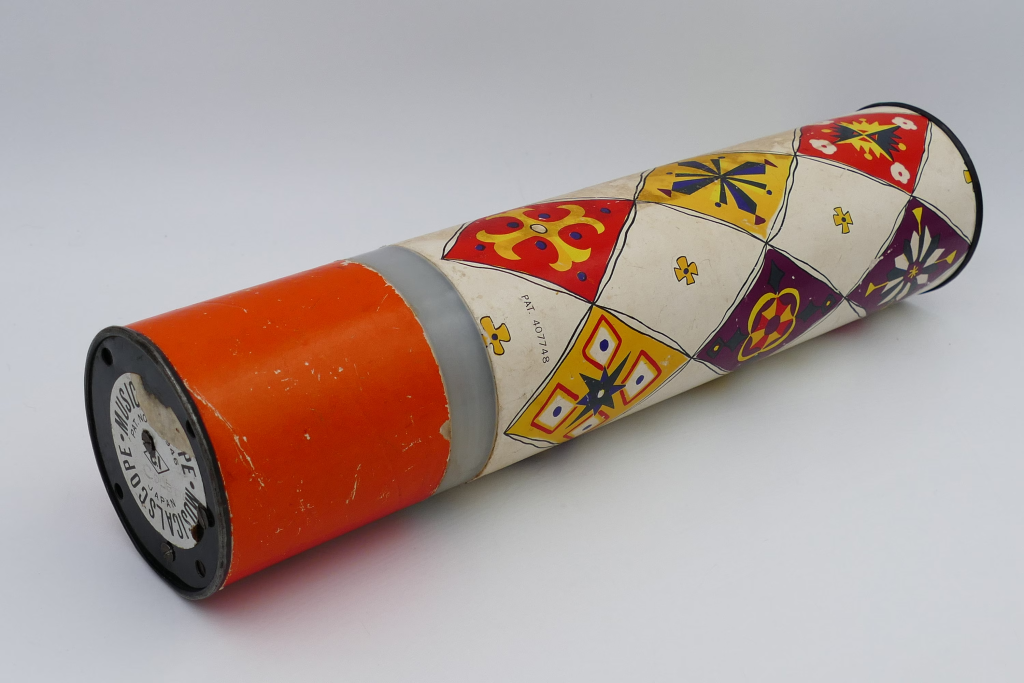
In an era where digital screens were a novelty, the Kaleidoscope offered endless visual adventures, captivating children with its simple yet profound magic. Twisting the tube, users were greeted with an ever-changing mosaic of colors and patterns—a feast for the eyes and the imagination. This toy, enjoying renewed popularity in the 70s, served as a tangible reminder of the beauty and change that comes from looking at the world from different angles.
The kaleidoscope’s timeless appeal lies in its ability to transform ordinary light and beads into extraordinary visions. It remains a cherished keepsake that represents the joy and wonder of discovery, encouraging children to explore the world around them in new and exciting ways.
14. Raggedy Ann And Andy
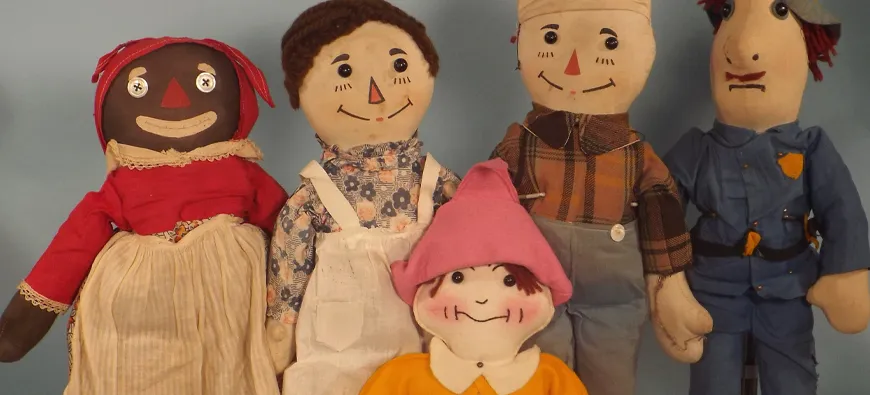
Beloved since their debut in the early 20th century, Raggedy Ann and Andy dolls experienced a resurgence in the 70s, embodying the comfort and simplicity of earlier times. These dolls, with their iconic red yarn hair and triangle noses, became cherished companions for countless children, representing friendship and security. The handmade appeal of Raggedy Ann and Andy, along with their storybook adventures, endeared them to generations.
Though modern toys have moved towards electronic and interactive features, the nostalgia tied to these dolls endures. They stand as a testament to the enduring power of storytelling and the simple joys of a soft, huggable friend, reminding us of the comfort found in companionship during childhood.
13. Perfection

Launched in the late 70s, Perfection was a game that combined the thrill of speed with the challenge of puzzle-solving. Players raced against the clock to fit all the pieces into the correct spots before the timer ran out, causing the board to pop and scatter the pieces. This heart-pounding game was not only entertaining but also helped develop fine motor skills and quick thinking.
Perfection remains a beloved memory for many, encapsulating the tension and excitement of racing against time. Its distinctive pop sound when the timer expires is a nostalgic trigger, recalling moments of laughter, surprise, and the rush to beat the clock, making it a classic game that continues to be enjoyed today.
12. Telstar Arcade

The Telstar Arcade console by KCO made its mark in the mid-70s as an early forerunner in the home video game market, offering games like tennis and hockey. Telstar brought the arcade experience into the living room with simple graphics and easy-to-use controllers, providing a glimpse into the future of entertainment. It laid the groundwork for the gaming revolution to come, allowing families to enjoy video games together at home.
Although technology quickly evolved beyond Telstar’s capabilities, the console holds a special place in the history of video gaming. It is remembered fondly by those who first experienced video games through its black-and-white display, representing a pivotal moment in the evolution of home entertainment.
11. Evel Knievel

The Evel Knievel Stunt Cycle, introduced in the 1970s, allowed kids to recreate the death-defying stunts of America’s iconic daredevil. This toy captured the essence of Evel Knievel’s spirit, empowering children to imagine and perform their own spectacular feats. As Evel Knievel’s real-life stunts became the stuff of legend, the stunt cycle became a cherished part of many childhoods, symbolizing bravery and exhilaration.
Though the spotlight on Evel Knievel has dimmed, the thrill of launching that toy motorcycle and watching it defy obstacles remains a vivid memory. It encapsulates the excitement of a bygone era, reminding us of the adventures that fueled our imaginations as children.
10. Simon
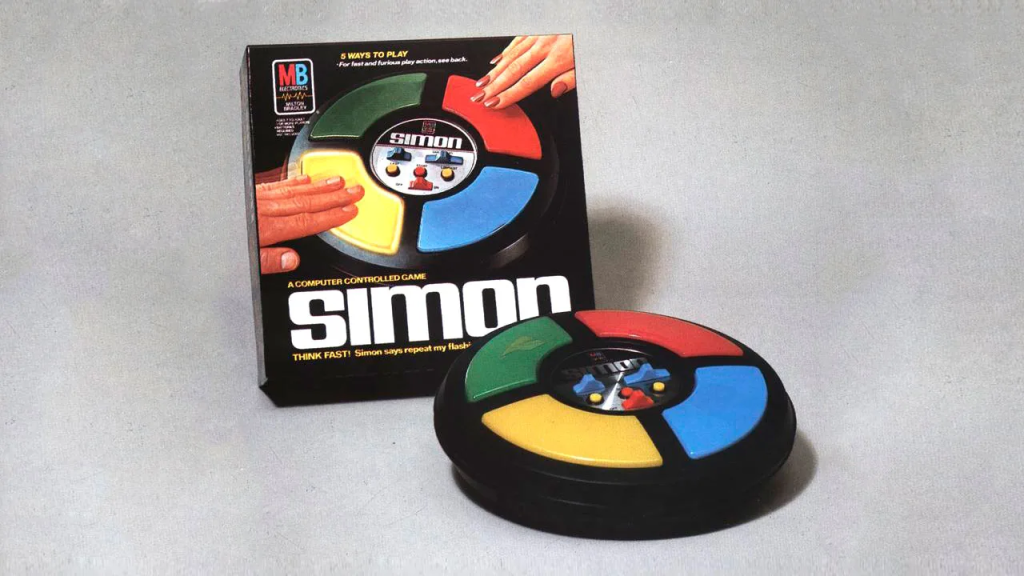
Introduced in 1978, Simon was an instant classic in the world of electronic games, captivating players with its sequence of colors and sounds to be repeated. This test of memory and reflexes was more than just a game; it became a cultural phenomenon that spanned generations. Simon’s distinctive design and gameplay have made it a lasting icon, continuing to challenge and entertain even in an age of advanced video games.
Its legacy as a pioneer in electronic gaming is secure, proving that sometimes the most engaging experiences come from the simplest concepts. Simon remains a beloved toy, reminding us of the joy of play and the thrill of mastering a challenging game.
9. Starsky And Hutch Toy Cars

Inspired by the thrilling police drama of the same name, Starsky and Hutch toy cars became the vehicles of choice for high-speed chases across living room floors in the late 70s. These diecast models were more than mere toys; they were miniaturized versions of the iconic red and white Ford Grand Torino, complete with racing stripes that captured the essence of the television show.
Collectors and fans alike treasure these cars not only for their role in imaginative play but also as mementos of a time when television heroes inspired outdoor adventures and creativity. They represent the excitement of the chase and the joy of play, reminding us of the impact that media can have on our childhood experiences.
8. Mickey Mouse Disney Dancer

Long before the digital age, the Mickey Mouse Disney Dancer toy enchanted children by bringing the magic of Disney into their homes through simple yet captivating movement. With a push, Mickey danced, delighting fans with the whimsy and charm characteristic of Disney. This toy served as a tangible connection to the beloved character, offering a piece of the Disney magic far from the theme parks.
While technology has introduced more interactive Disney experiences, the Disney dancer holds a place in the hearts of those who grew up with it. It embodies the joy and imagination that Disney has always inspired, reminding us of the magic that can be found in simple play.
7. Fisher-Price Medical Kit
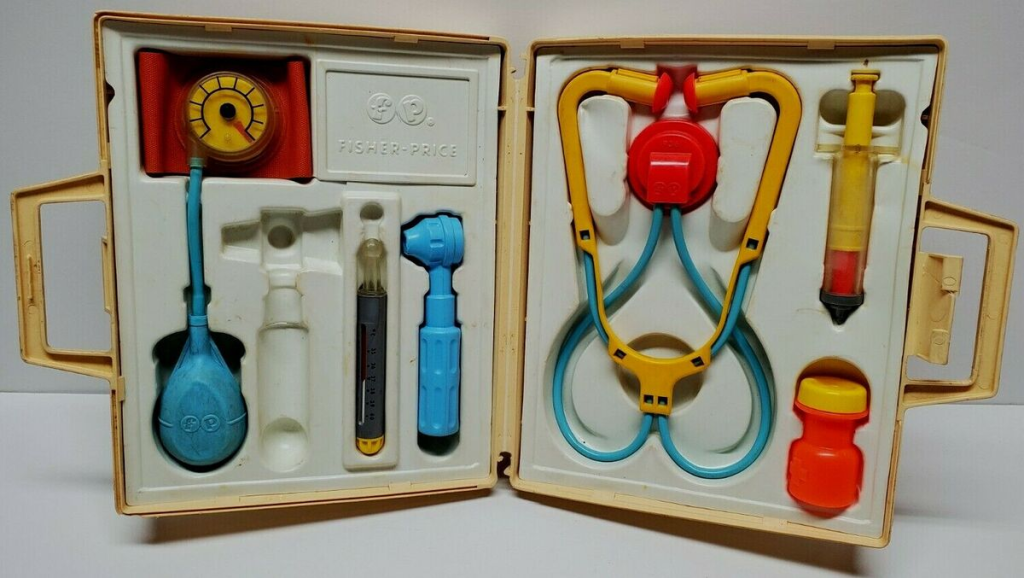
The Fisher-Price Medical Kit became a staple of pretend play in the 70s, allowing children to explore the world of caregiving and medicine. This kit equipped young doctors and nurses with everything they needed to take care of their patients, from stethoscopes to syringes, all made safe for child’s play. The medical kit fostered empathy and imaginative play, encouraging children to roleplay and care for others.
Despite the evolution of toys towards digital and interactive playthings, the medical kit remains a symbol of nurturing and care. It reflects the timeless appeal of helping and healing through play, reminding us of the importance of compassion and empathy in childhood development.
6. Ants In The Pants
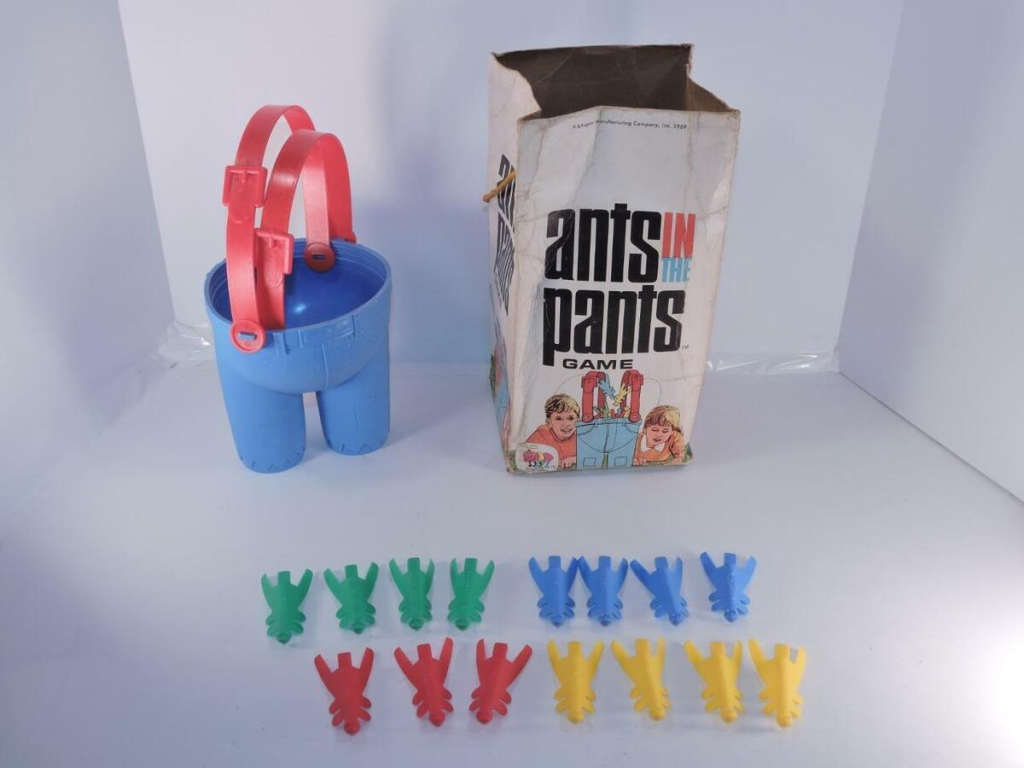
The game Ants In The Pants offered fun with its simple premise of flipping plastic ants into a pair of oversized pants. Introduced in the 70s, this game was a hit at family gatherings and parties, providing laughter and competition in equal measure. The appeal of Ants In The Pants lies in its simplicity and the sheer joy it brings, proving that entertainment doesn’t need to be complex to be memorable.
This game continues to be a symbol of carefree fun, evoking memories of childhood giggles and the simple pleasure of playing together. It highlights the joy of shared experiences and the laughter that can come from a straightforward game.
5. Construct-O-Straws
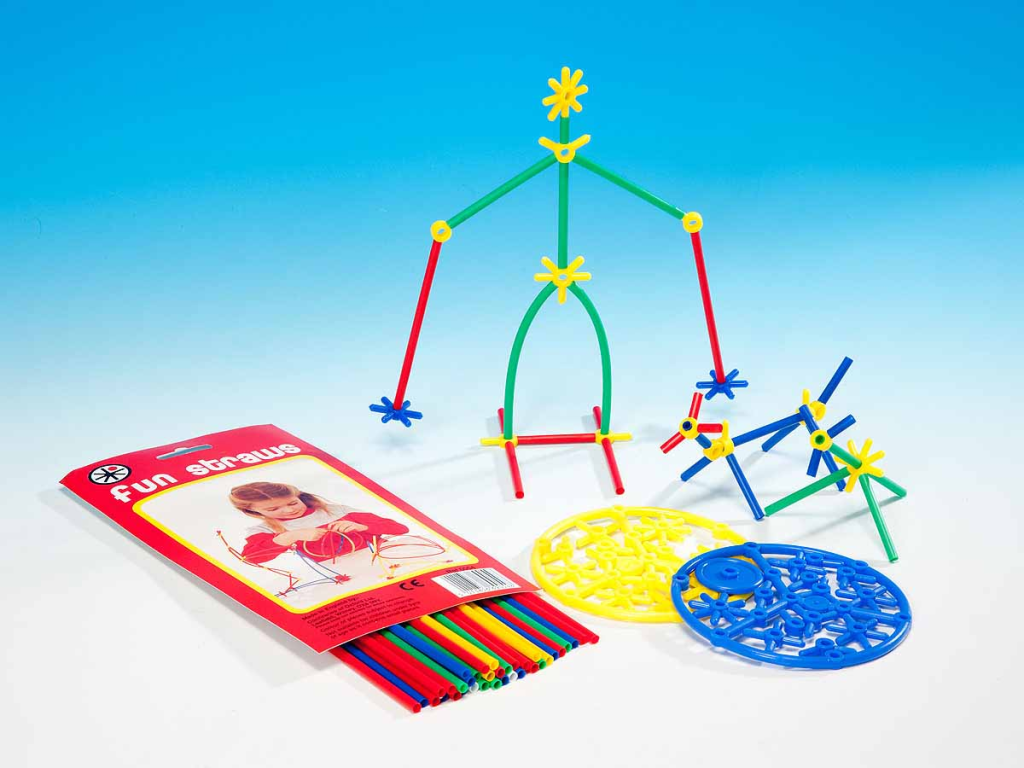
Construct-O-Straws, an innovative building toy from the 70s, engaged children in the art of construction with colorful straws and connectors. Imagination was the only limit to what could be built, encouraging creativity, problem-solving, and spatial awareness. This toy laid foundational skills in engineering and design, representing a hands-on approach to learning and play.
Predating today’s STEM-focused toys, Construct-O-Straws highlighted the enduring appeal of toys that combine learning with play. The joy of building and creating with these simple materials is a cherished memory for many, showcasing the importance of imaginative play in childhood development.
4. Hungry Hungry Hippos
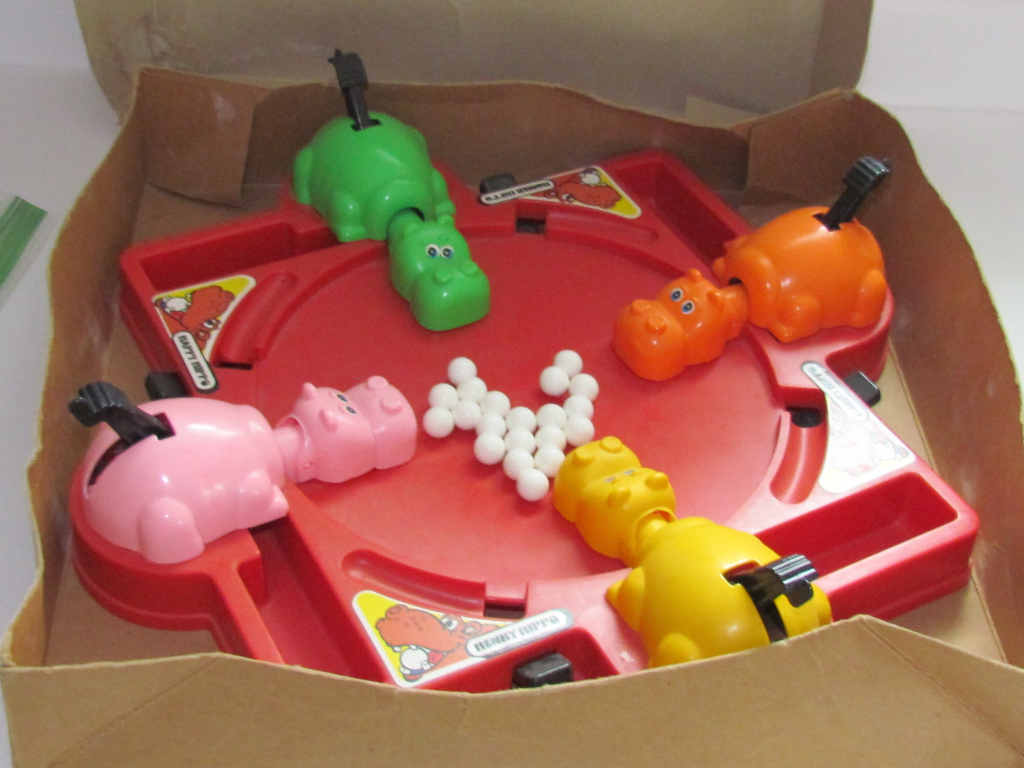
Introduced in 1978, Hungry Hungry Hippos was the epitome of frenetic fun and captivating children with its simple yet addictive gameplay. The objective was straightforward: gobble up as many marbles as possible with colorful hippo characters. This game wasn’t just about speed; it was about strategy and timing, making it a beloved classic at family game nights.
The tactile satisfaction of slamming down on the hippos, coupled with the laughter and competition it sparked, ensures that Hungry Hungry Hippos remains a nostalgic favorite. It embodies the pure joy of play that transcends generations, reminding us of the fun that can be found in friendly competition.
3. Tomy’s Tutor Typer

Tomy’s Tutor Typer, an educational toy from the late 70s, introduced children to the basics of typing and spelling before personal computers became household staples. This toy was a precursor to today’s educational apps and games, blending learning with fun in a tactile, engaging way. The Tutor Typer was ahead of its time, recognizing the importance of computer literacy for future generations.
Its legacy lies in its role as an educational tool, fondly remembered by those who first experienced the thrill of typing and seeing their words appear before them. It represents a small but significant step into the digital age, showcasing the evolution of learning through play.
2. Bionic Woman Doll

The Bionic Woman doll, inspired by the popular television series, allowed children to recreate the adventures of Jaime Summers, a character who embodied strength and bravery. This doll was not merely a plaything but a source of inspiration, showing that heroes come in all forms. The Bionic Woman doll holds a special place in the history of toys, celebrated for its role in empowering young girls and boys to dream big and imagine themselves as heroes.
Its enduring popularity is a testament to the lasting impact of positive role models in media and toys. The Bionic Woman doll represents the importance of representation in play, encouraging children to see themselves as capable of achieving greatness.
1. Baby Come Back

Baby Come Back was a marvel of toy engineering in the 70s, a doll that could crawl back into a child’s arms with the press of a button. This toy blurred the line between plaything and companion, offering a glimpse into the future of interactive dolls. Baby Come Back was a precursor to the sophisticated electronic toys of today, demonstrating the potential for toys to engage and interact with their owners in meaningful ways.
The delight and wonder it brought to children remain a fond memory, highlighting the magical experience of play that feels real and responsive. Baby Come Back represents the evolution of toys, showcasing how they can foster emotional connections and imaginative play.

